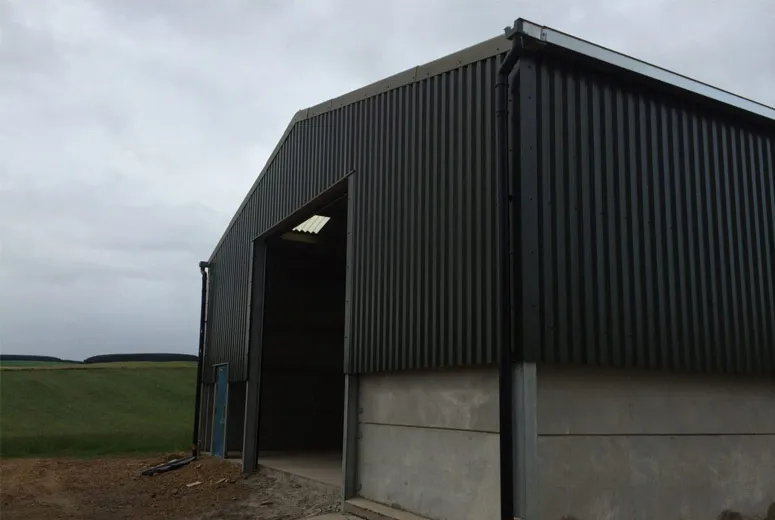- Afrikaans
- Albanian
- Amharic
- Arabic
- Armenian
- Azerbaijani
- Basque
- Belarusian
- Bengali
- Bosnian
- Bulgarian
- Catalan
- Cebuano
- Corsican
- Croatian
- Czech
- Danish
- Dutch
- English
- Esperanto
- Estonian
- Finnish
- French
- Frisian
- Galician
- Georgian
- German
- Greek
- Gujarati
- Haitian Creole
- hausa
- hawaiian
- Hebrew
- Hindi
- Miao
- Hungarian
- Icelandic
- igbo
- Indonesian
- irish
- Italian
- Japanese
- Javanese
- Kannada
- kazakh
- Khmer
- Rwandese
- Korean
- Kurdish
- Kyrgyz
- Lao
- Latin
- Latvian
- Lithuanian
- Luxembourgish
- Macedonian
- Malgashi
- Malay
- Malayalam
- Maltese
- Maori
- Marathi
- Mongolian
- Myanmar
- Nepali
- Norwegian
- Norwegian
- Occitan
- Pashto
- Persian
- Polish
- Portuguese
- Punjabi
- Romanian
- Russian
- Samoan
- Scottish Gaelic
- Serbian
- Sesotho
- Shona
- Sindhi
- Sinhala
- Slovak
- Slovenian
- Somali
- Spanish
- Sundanese
- Swahili
- Swedish
- Tagalog
- Tajik
- Tamil
- Tatar
- Telugu
- Thai
- Turkish
- Turkmen
- Ukrainian
- Urdu
- Uighur
- Uzbek
- Vietnamese
- Welsh
- Bantu
- Yiddish
- Yoruba
- Zulu
දෙසැ. . 26, 2024 16:25 Back to list
Erecting a Steel Frame Building
The construction of a steel frame building is a significant undertaking that combines engineering expertise, architectural vision, and meticulous project management. Steel frame structures are revered for their durability, flexibility, and strength, making them an excellent choice for various applications, from commercial buildings to bridges and skyscrapers. This article explores the essential aspects of erecting a steel frame building, highlighting its benefits, the construction process, and considerations during implementation.
Benefits of Steel Frame Buildings
Steel frame buildings offer numerous advantages over traditional construction methods. One key benefit is their strength-to-weight ratio. Steel frames can support more weight while maintaining a lighter structure, which is particularly advantageous in areas prone to seismic activity. This strength allows for larger open spaces without the need for numerous support columns, enabling architects to design more innovative and functional spaces.
Moreover, steel is incredibly resilient, resistant to many environmental factors, including termites, mold, and fire. This inherent resilience tends to lower maintenance costs over time. Additionally, steel is recyclable, making it an environmentally friendly choice for sustainable construction. Eco-conscious developers often favor steel due to its reduced impact on resources and its ability to be repurposed once a building reaches the end of its life cycle.
The Construction Process
The erection of a steel frame building follows a systematic process involving several stages, beginning with planning and design. Architects and engineers collaborate to create detailed blueprints, ensuring that the structure complies with building codes and safety regulations. Resistance to buckling, deformation, and seismic forces are crucial design considerations that influence the overall construction.
Once the plans are finalized, the next step is fabricating the steel components. This happens in a controlled environment, where precise measurements are crucial for ensuring structural integrity. Steel beams, columns, and other components are cut, welded, and prepared for transportation to the construction site.
erecting a steel frame building

Upon arrival at the site, the steep preparation begins. Foundation work must be completed, which includes excavation and pouring concrete to create a stable base for the steel frame. The foundation must be carefully calibrated to accommodate the weight of the steel structure, ensuring it can handle the stresses of wind, occupancy, and other forces.
Erecting the steel frame is a pivotal moment in the construction process. Using cranes and hoists, workers carefully lift and position the steel beams and columns in place. Safety is paramount during this stage, requiring coordination among crew members and adherence to strict safety protocols. Each piece is bolted or welded into position to secure the frame, ensuring the entire structure is stable and robust.
Considerations During Implementation
While erecting a steel frame building promotes efficiency and strength, several considerations must be taken into account. Weather conditions can significantly impact scheduling, as rain, snow, or high winds can hinder crane operations and overall safety. Construction teams must remain adaptable and be prepared to adjust timelines and work schedules accordingly.
Another aspect to consider is compliance with local regulations and zoning laws. Different regions may have varying requirements and codes that must be followed meticulously to avoid legal complications down the line. Engaging with local authorities early in the planning process can streamline approvals and permit acquisition.
Lastly, the skilled labor force is crucial to the successful erection of a steel frame building. Experienced ironworkers, welders, and safety personnel must be available to ensure that all elements are executed correctly and safely. Continuous training and adherence to safety standards are critical in minimizing accidents at the construction site.
Conclusion
Erecting a steel frame building is a complex yet rewarding endeavor that embodies modern engineering advancements. With benefits ranging from strength and durability to environmental sustainability, steel frame structures are an ideal choice for many applications. As construction techniques evolve, the ability to create innovative and efficient buildings using steel will continue to expand, shaping the skylines of cities around the world. The careful planning, skilled labor, and adherence to safety protocols make the erection of steel frame buildings not just a construction process but a blend of art and science.
-
Cold Formed Steel Residential Framing
NewsMay.21,2025
-
Innovative Steel Structure Building Solutions
NewsMay.19,2025
-
Innovative Prefab Metal Shed Solutions
NewsMay.19,2025
-
Durable Steel Horse Shelter Solutions
NewsMay.19,2025
-
Durable Metal Shed Solutions
NewsMay.19,2025
-
Durable Big Metal Shed Solutions
NewsMay.19,2025
Products categories
Our Latest News
We have a professional design team and an excellent production and construction team.












